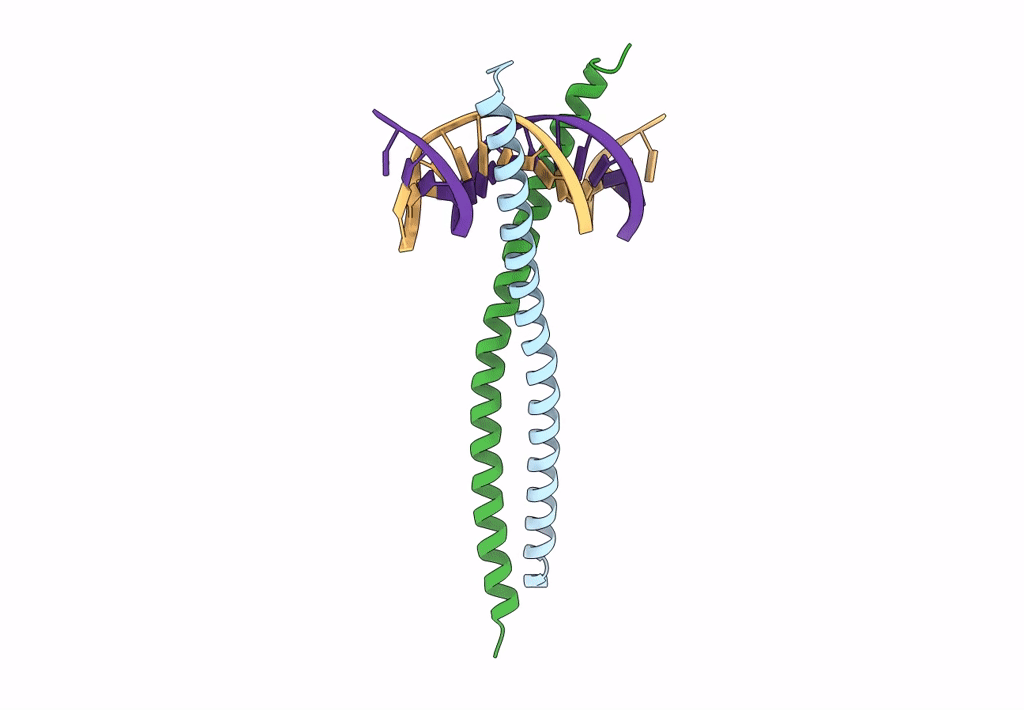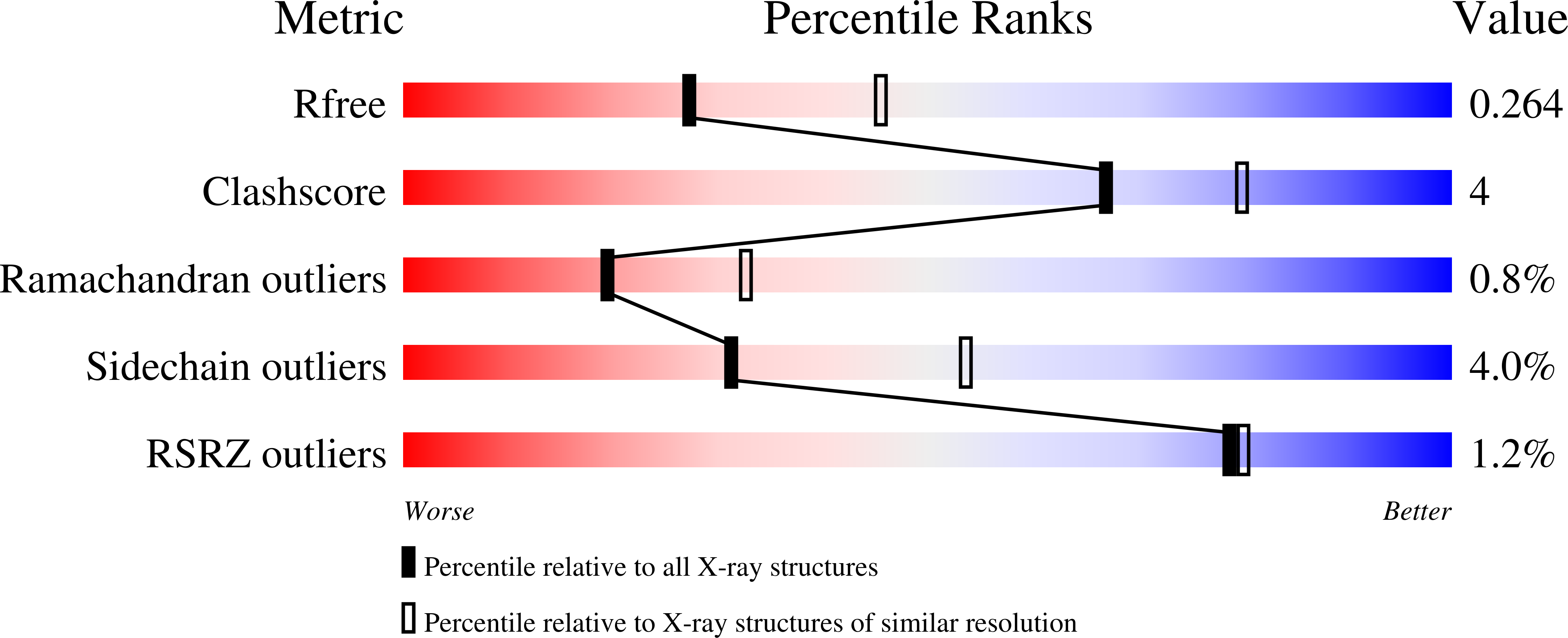
Deposition Date
2022-04-18
Release Date
2022-11-23
Last Version Date
2023-10-18
Entry Detail
PDB ID:
7UPZ
Keywords:
Title:
Structural basis for cell type specific DNA binding of C/EBPbeta: the case of cell cycle inhibitor p15INK4b promoter
Biological Source:
Source Organism:
Homo sapiens (Taxon ID: 9606)
Host Organism:
Method Details:
Experimental Method:
Resolution:
2.49 Å
R-Value Free:
0.26
R-Value Work:
0.21
R-Value Observed:
0.21
Space Group:
C 2 2 21


